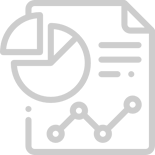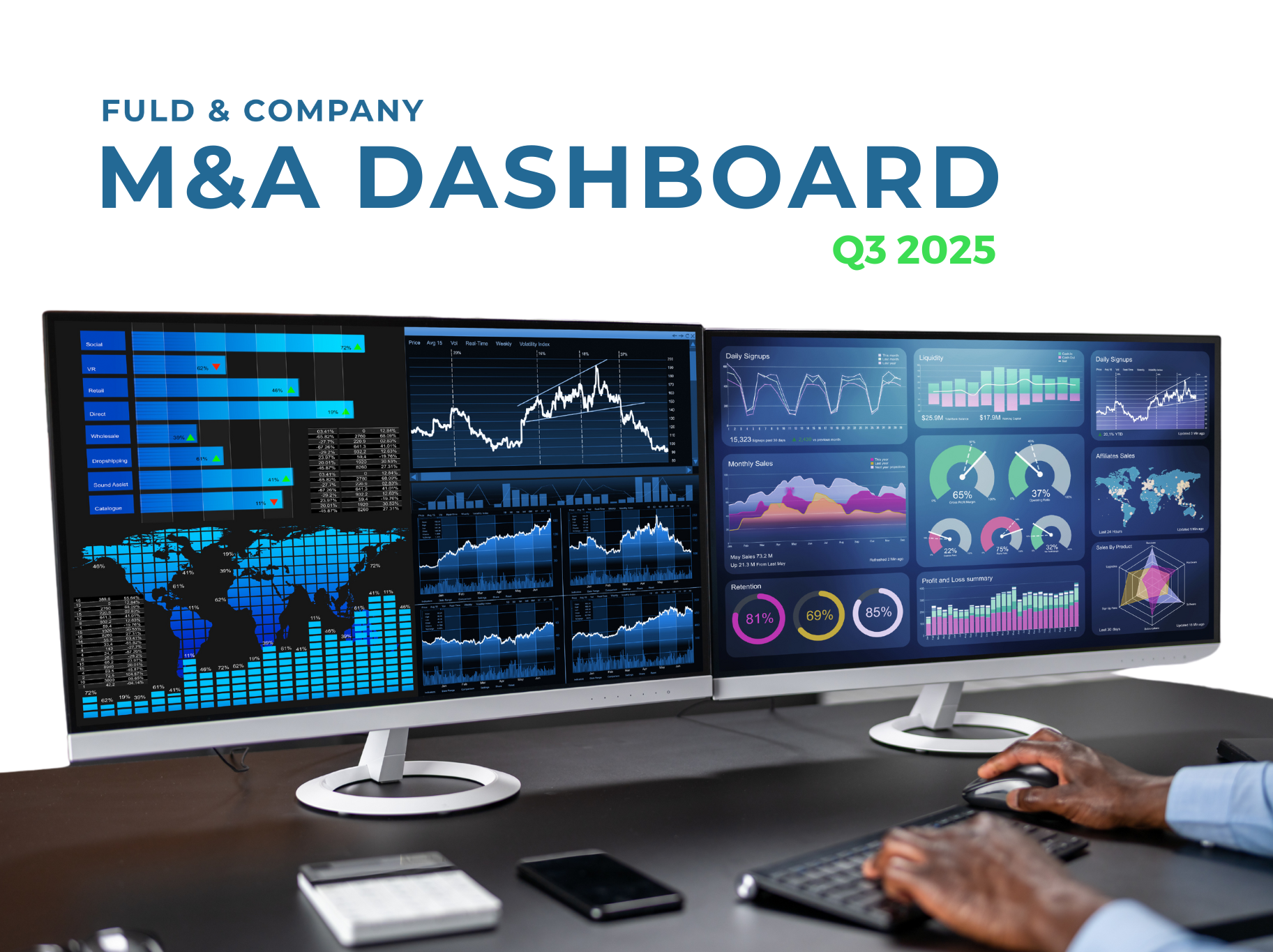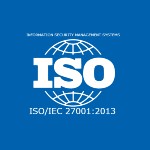How AI-powered competitive intelligence is redefining strategy
Posted by | Fuld & Company
The velocity of change in today’s business environment has outpaced traditional competitive intelligence models. Market shifts, new entrants, and micro-signals emerge daily—and waiting for quarterly updates or manual analysis no longer cuts it. As a result, leading organizations are integrating AI competitive intelligence into their strategy functions, not just to keep up, but to get ahead.
By automating data gathering, pattern detection, and trend forecasting, AI-powered CI enables faster, more confident decision-making. The firms applying it effectively are not just reacting more quickly—they’re anticipating more accurately.
Where AI is moving the needle in competitive intelligence
AI’s value in CI isn’t theoretical—it’s already being deployed across key intelligence workflows:
- Real-time market scanning: NLP-powered systems scan earnings calls, regulatory filings, patents, job boards, and competitor websites to surface weak signals and track anomalies
- Sentiment analysis and review mining: Unstructured data from customer reviews, social media, and forums is synthesized to assess brand positioning and product reception
- Pricing intelligence: Automated scrapers detect competitor price changes across SKUs, geographies, and channels, providing dynamic inputs for pricing strategy
- Deal and investment monitoring: AI filters M&A and funding activity to identify targets, investor patterns, or emerging portfolios in specific verticals
These applications allow strategic, marketing, and intelligence teams to generate insight at a scale—and speed—that manual methods can’t replicate.
Explore how AI & analytics-driven CI can elevate intelligence functions with automation and machine learning precision.
The evolving toolkit: what’s working now
The landscape of automated CI tools is rapidly expanding. What matters most is selecting tools that don’t just aggregate data but deliver actionable intelligence that integrates into existing workflows.
Key capabilities leading firms prioritize include:
- Customizable taxonomies and tagging to ensure insights are categorized and searchable
- Real-time alerting with context-aware thresholds
- Visualization and dashboards that support executive-level interpretation
- Integration with knowledge platforms (CRM, BI tools, collaboration systems)
Top-performing intelligence teams treat these tools as augmentation—not replacement—ensuring that AI automates what’s repeatable, and analysts focus on interpretation and synthesis.
Enabling faster, more confident strategic decisions
Speed alone doesn’t confer advantage. The value of AI-powered CI lies in accelerating decision readiness—getting the right information, to the right people, in the right format.
Organizations applying machine learning in strategy use it to:
- Identify disruption early by analyzing volume and variance across competitor activities
- Prioritize new market entry by comparing firm capabilities against evolving category benchmarks
- Improve resource allocation by tracking competitor focus across regions, channels, and R&D
- Support leadership teams with synthesized scenarios backed by probabilistic modeling
This shift enables CI to operate not as a support function, but as a strategic partner—embedded in business planning, M&A strategy, and innovation cycles.
Real-world impact: how firms are using AI to gain a competitive edge
A leading healthcare provider partnered with Fuld to harness AI-powered competitive intelligence in support of innovation, patient care, and operational strategy. By integrating machine learning, real-time data processing, and predictive analytics, the provider gained the ability to identify emerging needs, tailor treatments, and optimize workflows across its network. The result was a 50% improvement in patient outcomes, a 40% reduction in healthcare delivery costs, and a 35% increase in operational efficiency.
These outcomes were driven by an AI-enabled system that:
- Used predictive analytics to personalize treatment plans based on patient-level data
- Delivered real-time clinical insights through continuous monitoring and adjustment
- Optimized administrative and clinical workflows through automation
- Forecasted patient demand to align staffing and critical resources in advance
This project demonstrates how AI can move beyond retrospective analytics to deliver real-time, strategic foresight—providing competitive advantage in high-stakes, resource-constrained environments.
The same principles apply across sectors: when companies use automated CI tools to turn fragmented data into actionable insight, they can move faster, operate smarter, and make better-informed strategic decisions.
Tags: Artificial Intelligence (AI), Competitive Strategy, Data analytics, Strategic Planning



















